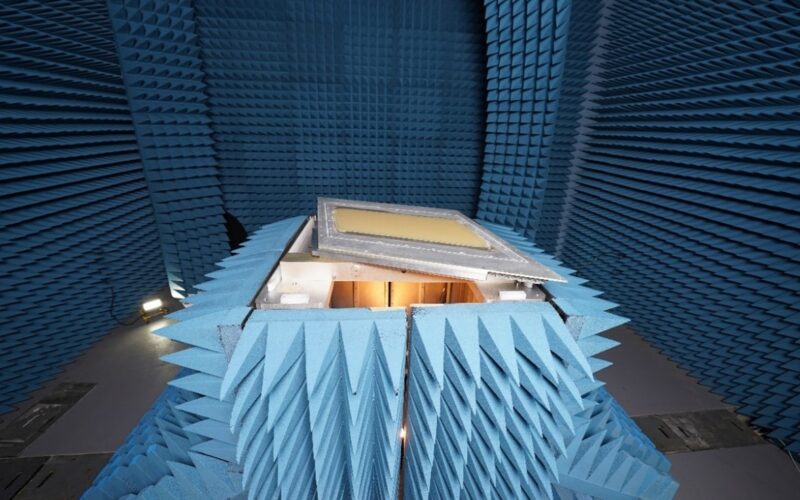Northrop Grumman Corporation has completed the first flight campaign of its Electronically-Scanned Multifunction Reconfigurable Integrated Sensor (EMRIS).
The flights were conducted in partnership with government entities, and a government-provided aircraft was utilized to demonstrate EMRIS’s capacity for rapid third-party integration and reconfiguration in real-time. The company did not specify the model of the test aircraft.
The Electronically-Scanned Multifunction Reconfigurable Integrated Sensor (EMRIS) is an ultra-wideband sensor designed to enhance the capabilities of both crewed and uncrewed military platforms. Developed with an emphasis on agility and rapid adaptability, the fully digital Active Electronically Scanned Array (AESA) allows it to simultaneously perform multiple critical functions—radar, electronic warfare, and communications.
An Active Electronically Scanned Array (AESA) radar is a system that utilizes an array of active transmitter and receiver (T/R) elements, allowing for rapid and precise electronic steering of the radar beam without mechanical movement. AESA radars developed by Northrop Grumman already equip fighter jets such as the F-35 Lightning II and the F-22 Raptor.
During the campaign, Northrop Grumman showcased EMRIS’s reconfigurable nature by rapidly deploying new software during flights, highlighting the sensor’s ability to adapt to various mission requirements on the fly.
“Dozens of successful flights with EMRIS demonstrated the ability to reduce development timelines and lower program costs by leveraging our partnerships with, and advancements across, all military services,” Krys Moen, Vice President of advanced mission capabilities at Northrop Grumman, commented.
The company reported that a second array had entered testing, with Northrop Grumman fabricating two smaller EMRIS apertures “for lower cost and size-constrained application demonstrations.”

